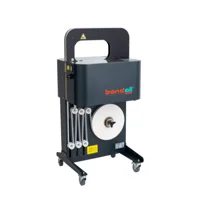Branding in the textile industry starts with packaging
Packaging is the first physical touchpoint a customer has with your brand and if it doesn’t impress, it can ruin the entire experience. In the textile industry, what your product looks like on the shelf or in the box matters just as much as the product itself. Quality materials and design are only part of the story.
Textile products are often packaged in plastic bags because it is convenient and cheap. Banding is another approach gaining attention, offering a different take on presentation and functionality. While banding and plastic bags serve the same purpose of bundling and securing products, the outcomes and experiences they create are notably distinct.
In this blog, we explore how these two packaging solutions differ in branding, perception, and sustainability and what each solution offers.
Do you know the real meaning of branding?
Before diving into the packaging comparison, it’s worth defining what branding truly means. Often mistaken for just a logo or slogan, branding encompasses much more. It’s about how your product is perceived in the market. It shapes the emotions your product evokes, the expectations it sets, and the value customers associate with the item itself and your entire company.
In the textile industry, this is especially important. Whether it's a flight blanket, a retail towel, or a ball of yarn, how a product is presented, handled, and experienced all feeds into your brand identity. Packaging is a key player in this dynamic.
Branded bands vs. see-through plastic
One of the most notable contrasts between bands and plastic bags lies in how they support branding. Bands can be used for branding by pre-printing logos, product details, messaging, or brand colors on the material. When wrapped around a folded textile product, it becomes a visual extension of your brand.
Plastic bags are transparent and offer little to no opportunity for visual branding. Any logos, information, or messaging must be applied using separate labels or stickers. This adds extra steps to the packaging process and requires extra materials.
The difference is simple but meaningful: bands offer built-in branding that stands out, while plastic bags rely on workarounds that may fail to leave a lasting impression.

Perception is everything
Beyond branding, the material itself shapes how customers perceive your product. The presentation and tangible experience of packaging play a major role in shaping a customer's first and lasting impressions.
Many consumers and businesses alike associate plastic packaging with lower quality. It can feel generic, disposable, and environmentally unfriendly. These are qualities that negatively impact the way your textile product is received. Especially in a market increasingly driven by sustainability concerns, excessive plastic can be seen as outdated or careless.
Paper bands, by contrast, often signal quality, intentionality, and environmental responsibility. They provide a more premium experience and a visual look that enhances rather than detracts from the product. With the ability to incorporate custom designs and messaging, paper bands improve perception and reinforce your brand story.
Paper’s association with recyclability and natural materials further supports a positive experience. Customers are more likely to feel good about their purchase from your brand when the packaging feels aligned with modern values of sustainability.
Packaging is the first and final touchpoint
Packaging is more than a protective layer. It is both the first interaction and final memory your customer has with your product. It frames the “unboxing experience”, communicates your brand values, and plays a crucial role in how your product is remembered.
Whether it’s the tangible feel of recyclable paper or the transparency of plastic, the material, design, and presentation all work together to shape perception. Packaging that aligns with the quality and intention behind your product enhances your brand. Packaging that doesn’t? It can undermine the entire experience.
In a world where consumer expectations are rising and first impressions matter more than ever, the way you package your textile products isn’t just a finishing touch, it’s a defining one.
Questions about our banding solutions?
Together we can find opportunities to optimize your packaging.
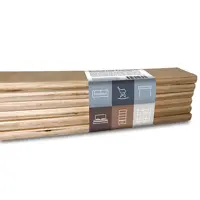
Applications of banding
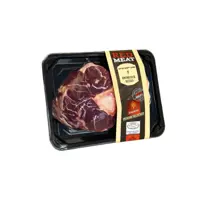
Bands vs sleeves: Impact of weight
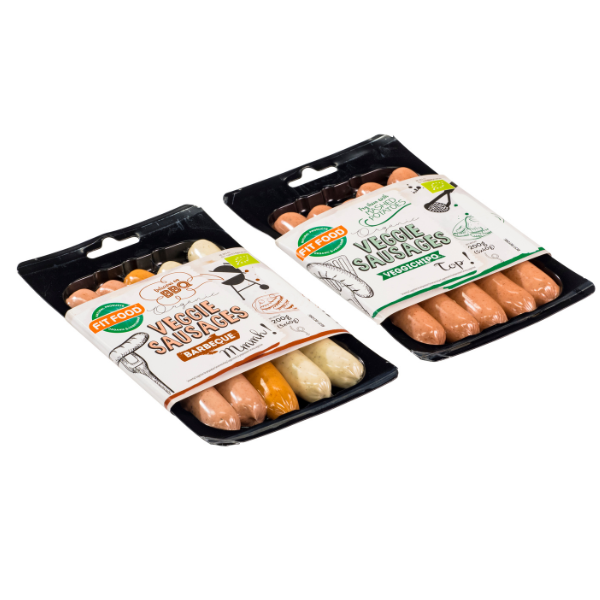
Band vs sleeves: Which is more efficient?

Banding vs. other solutions
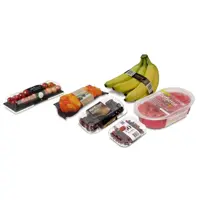
Benefits of banding

Zwartz - From shrink wrap to paper bands

Novatrade - Improved quality and efficiency
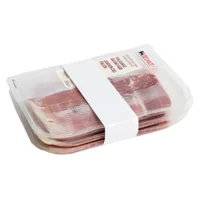
Packaging food products
